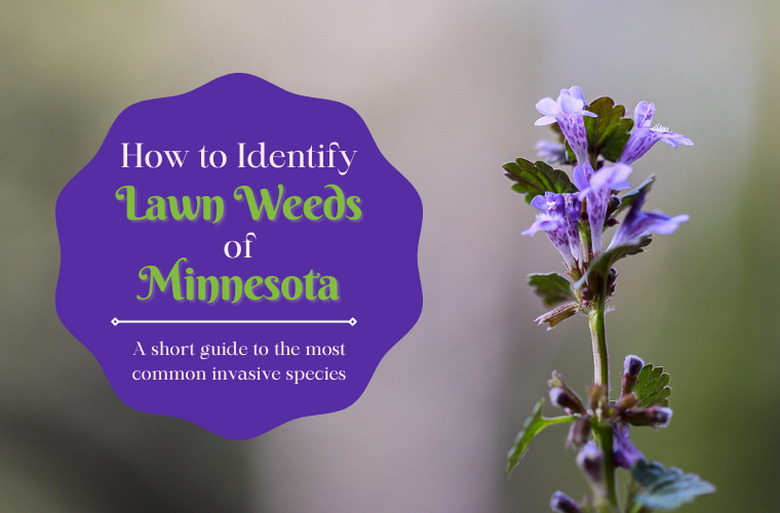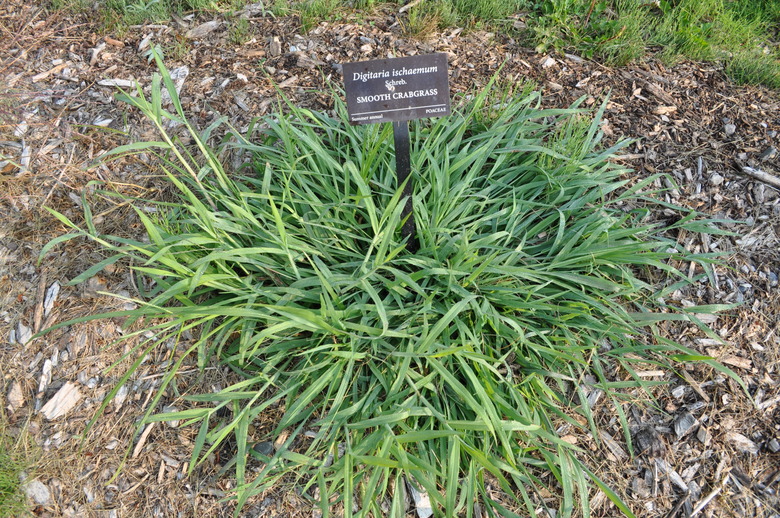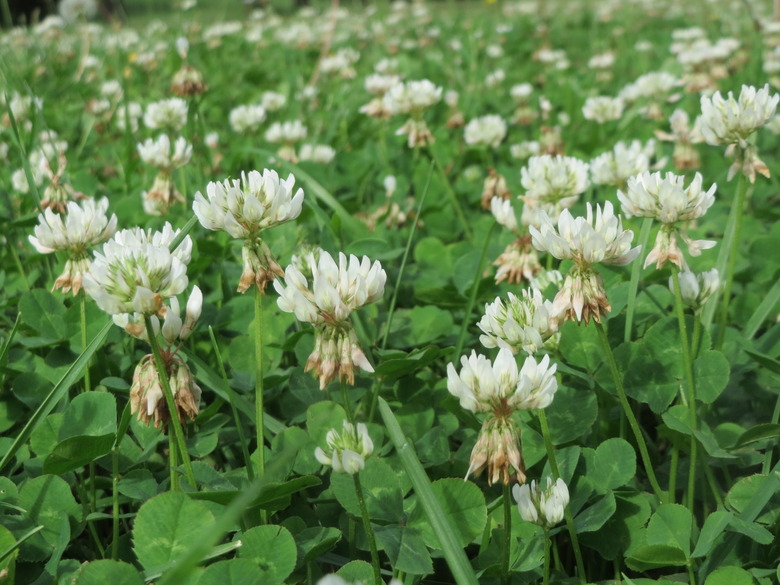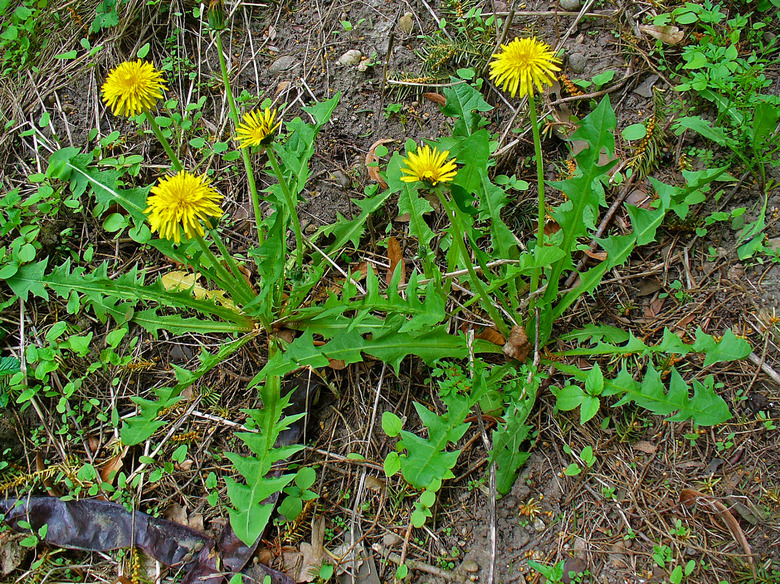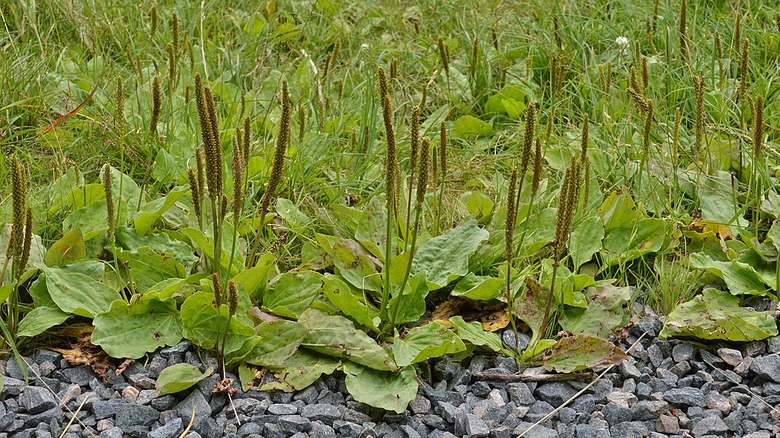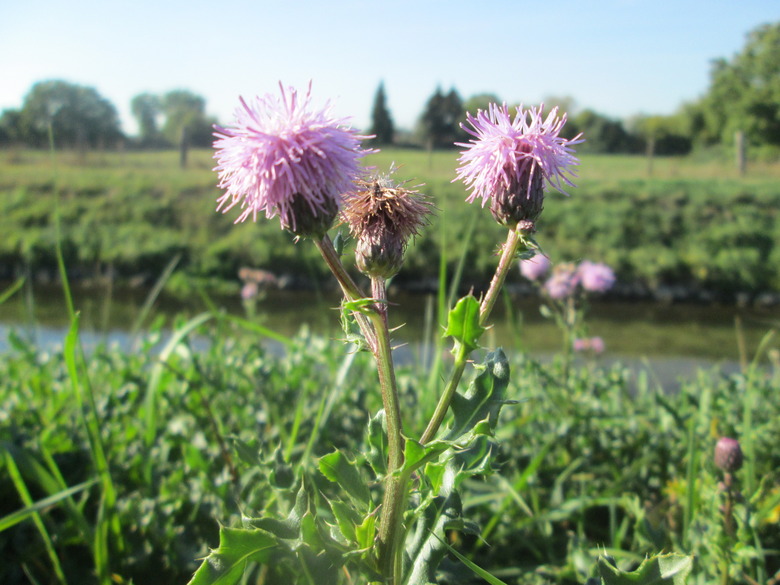How To Identify Lawn Weeds Of Minnesota
Minnesota is out to get 'em...noxious and invasive weeds that is. The state isn't just content to let its citizens battle the pesky lawn weeds; it's instituted a noxious weeds list with the goal of eliminating them in rural areas and fields as well.
Minnesota's invasive plants threaten the local economy and are detrimental to human and animal health, explains the Minnesota Department of Agriculture. The state's campaign is so structured that it's labeled weeds "prohibited – eradicate" to "federal noxious weeds." In other words, Minnesota means business when it comes to getting rid of weeds.
Tip
Chemical control and cultural control, meaning tending the lawn and pulling the weeds by hand, are the two best ways to control invasive weeds. Put the weeds into a bag and throw them into the trash, not your compost pile.
Controlling Lawn Weeds
Lawn weeds in Minnesota must be attacked as soon as they rear their ugly heads. This usually happens in the spring when the grass sprouts after being dormant during the winter.
Prevention is the best cure for eradication, and since Minnesota has clay soil, fertilizing to allow penetration into the soil is considered an art. Yet fertilizing is one of the best ways to prevent weeds from popping up.
Growing healthy grass is another way to control Minnesota's weed population. A scheduled watering plan prevents weeds from spreading when the grass is healthy, Advises IGRA World. Keeping the grass long by mowing high also crowds out weeds.
Crabgrass: the Worst Garden Weed in Minnesota
The king of weeds, crabgrass (Digitaria) is a weed that looks like grass and is indicative of a poorly kept lawn.
An annual weed, crabgrass is capable of producing 150,000 seeds per plant per season and is one of the most frequently found lawn weeds in Minnesota. It must be eliminated when young, because seeds often hibernate underground, preparing for the following season.
Identify crabgrass by looking at the wide leaf blades that grow outward, resembling a crab crawling on the lawn. It is one of the Minnesota weeds with white flowers.
Attack crabgrass in its early days by mowing and applying a potent pre-emergent herbicide. This approach should prevent existing seeds from sprouting and producing new seeds.
Two-Faced Clover: a Quick Spreader
If you're Irish, the clover (Trifolium) represents good fortune, especially if it has four leaves and is found around St. Patrick's Day. The good fortune of clover is that it supplies nitrogen for the soil.
On the other hand, it spreads quickly and can completely override the grass. Summer is its season to shine, and its deep root system spreads quickly.
Keeping the lawn well-fed and maintained, with long grass in the summer, is one way of controlling clover.
Foraging for Dandelions
Dandelions (_Taraxacum officinale_) cannot be mistaken. They are a Minnesota weed with yellow flowers and are one of the state's most pervasive weeds. With seeds that fly through the air and taproots that reach deep into the ground, dandelions have a long, invasive life—if you don't eat them first.
Dandelions are highly nutritious plants loaded with vitamins, minerals and fiber and have been used in traditional medicine for years. Healthline points out that they are a natural remedy when supporting blood sugar management and skin, liver and heart health. Just be sure you pluck them from your own lawn where chemicals haven't been used for their eradication to avoid your eradication.
Herbicides haven't been particularly successful when treating a dandelion invasion. Try a weed shield herbicide, and if that fails, call in the professional troops.
Warning
Lawn weeds in Minnesota are active at different times of the year. Many of the peskiest spring weeds germinate in the fall. Some products work based on temperature, so you may have to switch products as needed based on the weather.
Other Common Minnesota Weeds
Creeping Charlie (Glechoma hederacea), broadleaf plantain (Plantago major), and Canada thistle (Cirsium arvense) are all weeds prevalent in Minnesota. The one thing they have in common is that they hate healthy lawns.
From early spring to late summer, tend the lawn and keep an eye out for any invasive weeds. The time to treat the lawn in Minnesota is from March to May if you are doing it by hand. If chemicals are being introduced, April through early October are the best months for treatment, according to the lawn experts at Rainmaster.
Now, pour yourself a cup of dandelion tea, sit back and appreciate your well-tended lawn devoid of Minnesota weeds.
